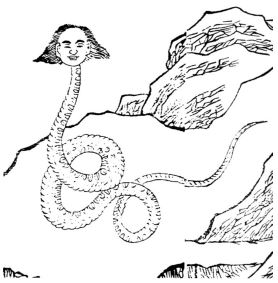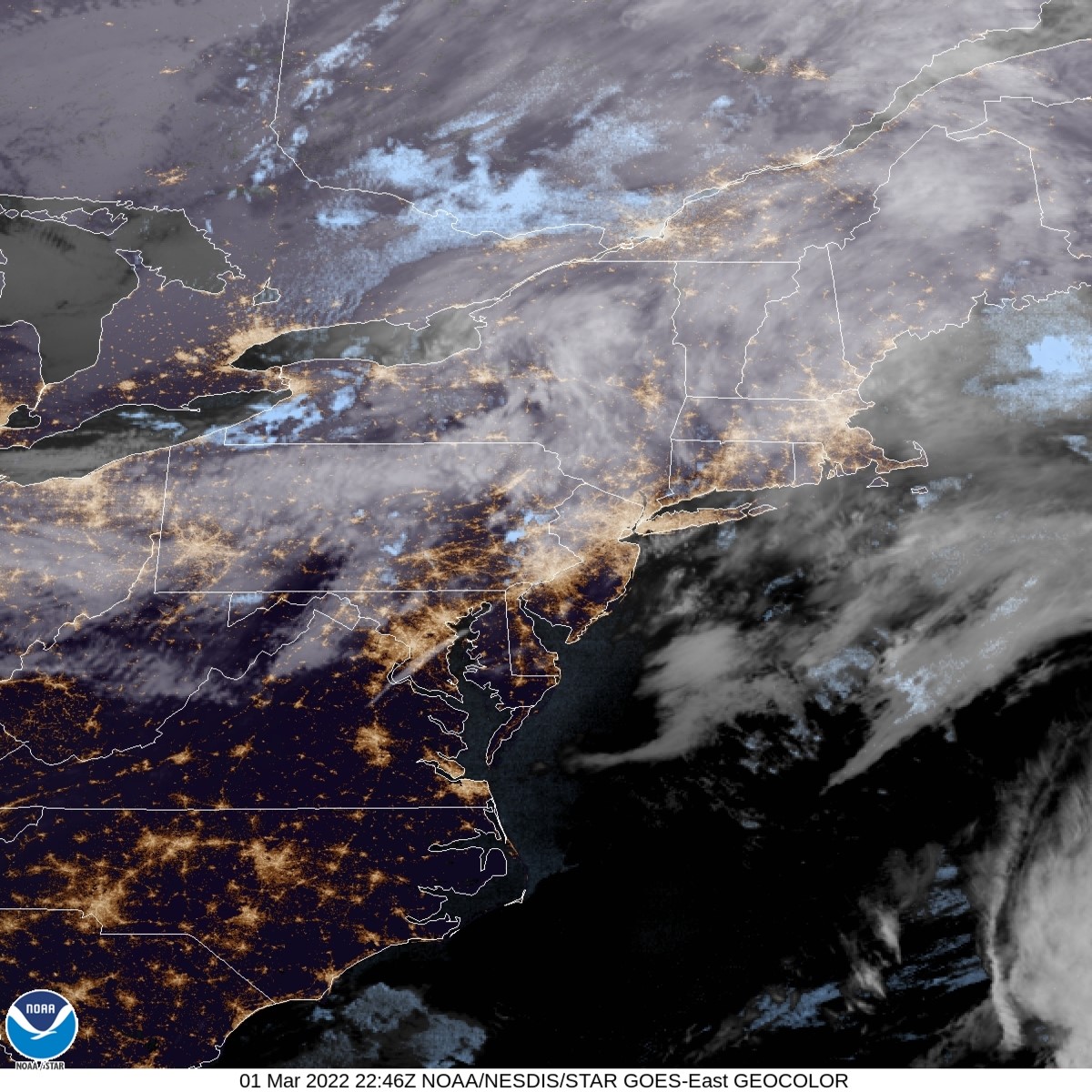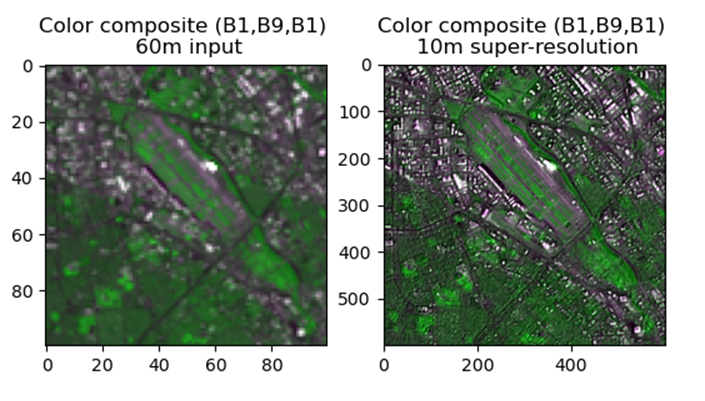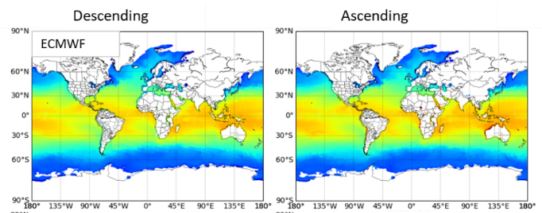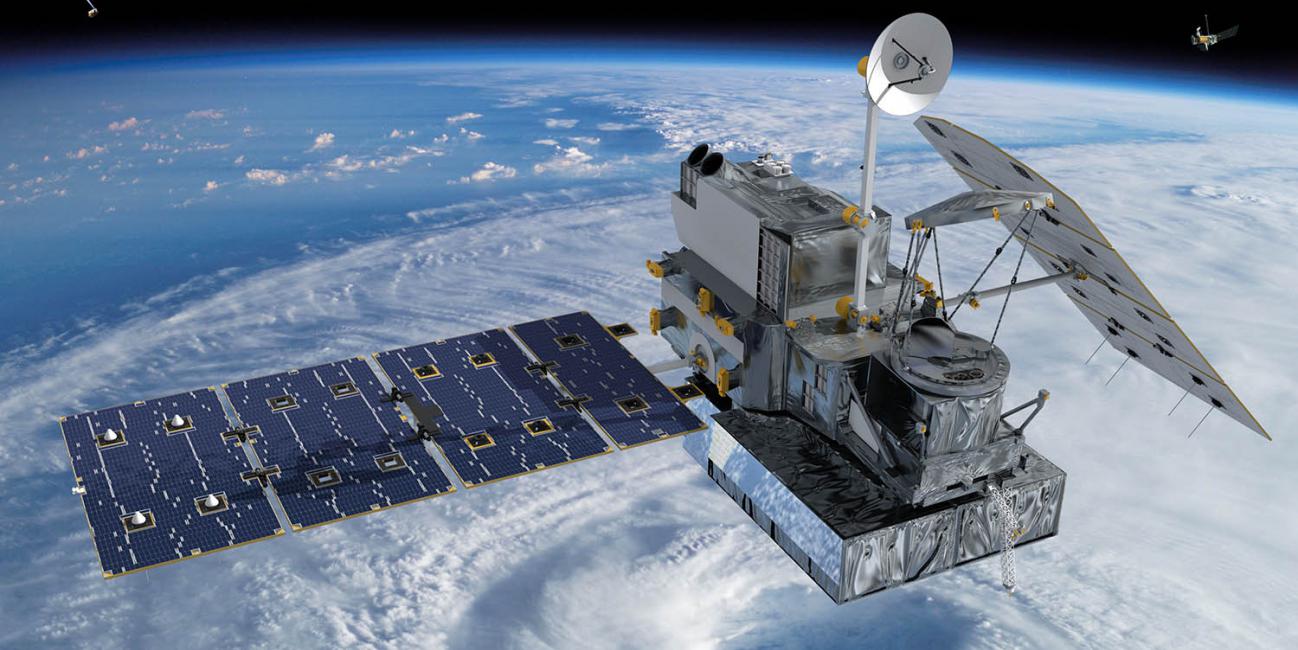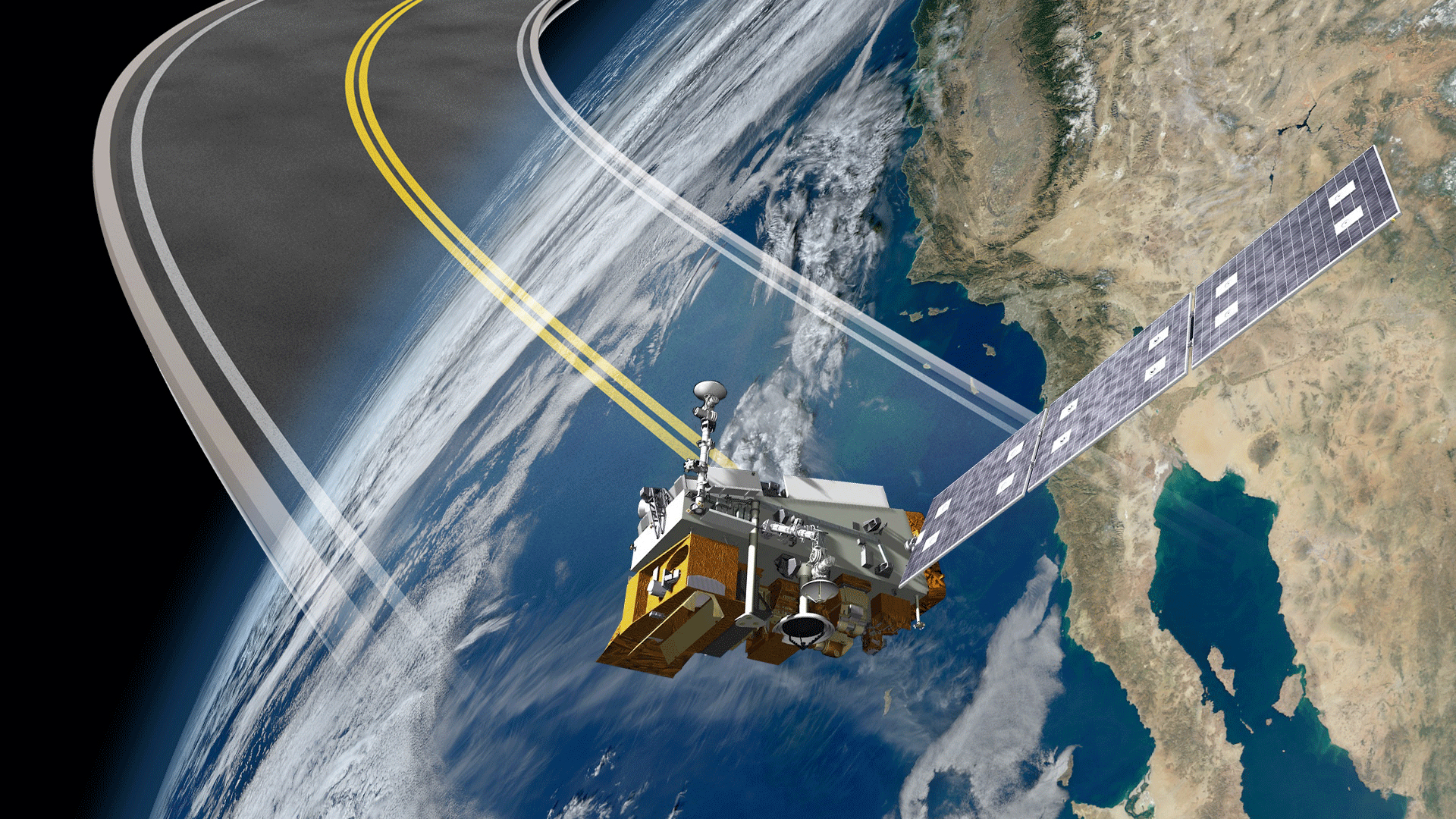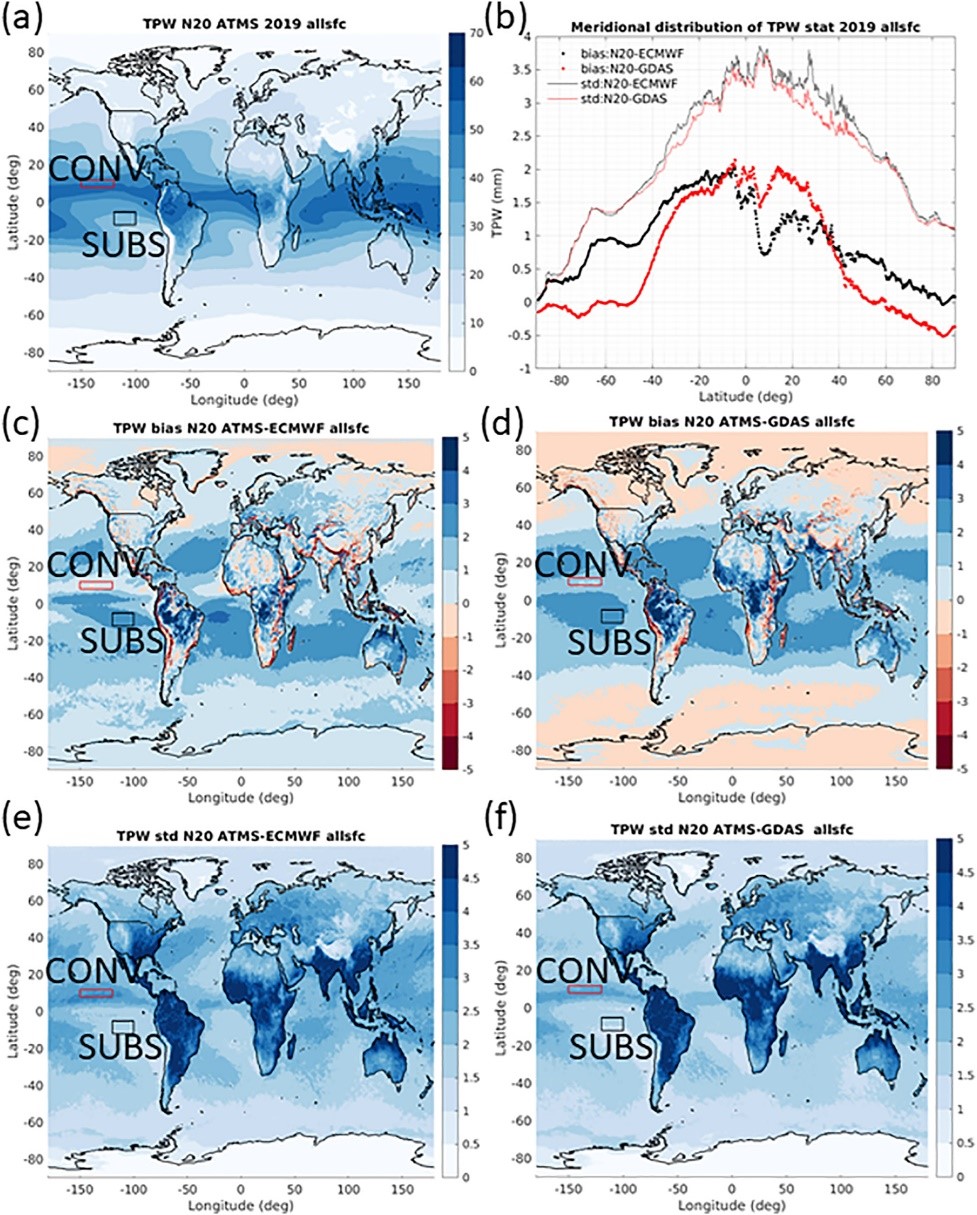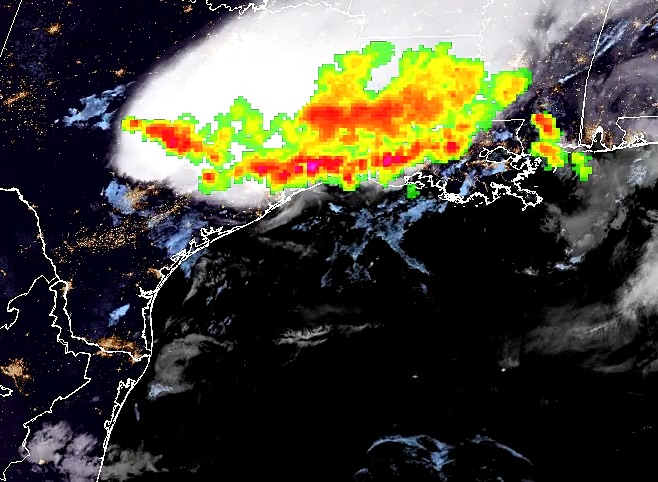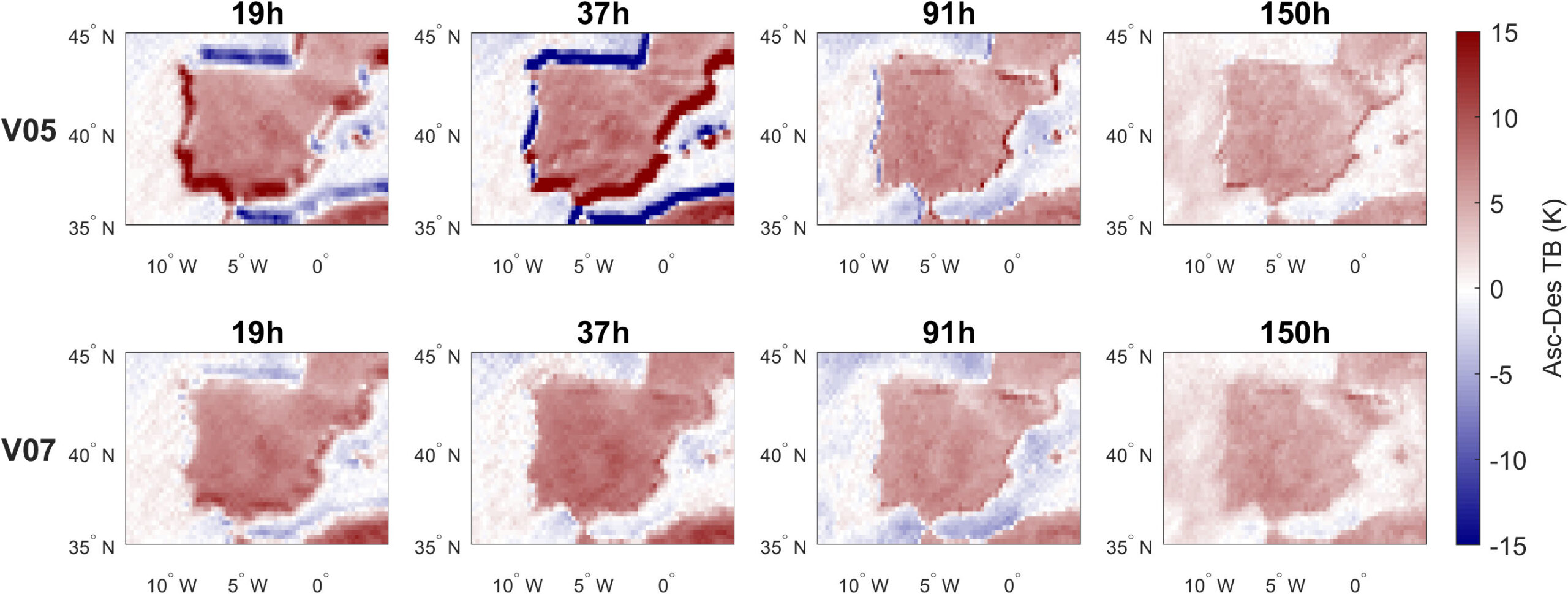
Special Sensor Microwave Imager/Sounder Updates for the Global Precipitation Measurement V07 Data Suite
A new article in IEEE Transactions on Geoscience and Remote Sensing details the new updates to the special sensor microwave imager/sounder for the Global Precipitation Measurement (GPM) Version 7 Data Suite. Rachael Kroodsma, ESSIC/CISESS Assistant Research Scientist, was first author on the paper.


